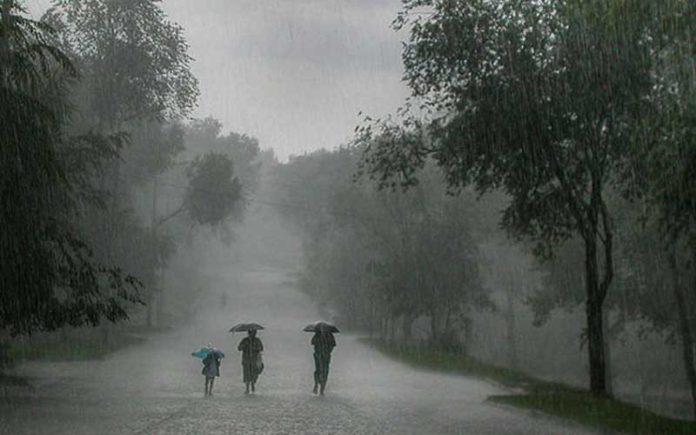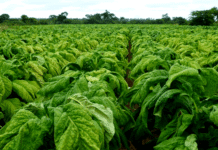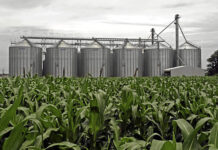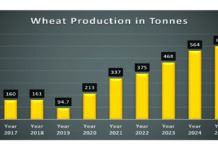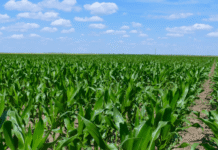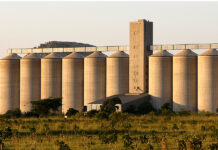Inadequate rains, pests and diseases saw farmers harvest approximately 20 percent less than expected for the 2024/25 agricultural season.
According to the Second Round of Crops, Livestock and Fisheries Assessment Report (CLAFA-2), released in April 2025, farmers were projecting to harvest 2,294 million tonnes of maize for the season under review.
However, the first- ever Post-Harvest Survey Report, released by ZIMSTAT today (Tuesday), revealed that farmers had only harvested 1,82 million tonnes of maize.
Mashonaland West Province, which was expecting to harvest 576 360 tonnes, only managed to produce 393 000 tonnes, representing 21,6 percent of the national total.
Farmers reported mixed yields across provinces, with about 40 percent citing inadequate rains as the main factor affecting their potential harvest, while 17,4 percent pointed to pests and diseases.
Approximately 10,6 percent blamed excessive rains.
“Among farming households reporting an impact on their potential harvest, approximately 40 percent attributed it to inadequate rains, 17,4 percent to pests and diseases, and 10,6 percent to excessive rains or floods,” the survey revealed in part.
According to the survey, about 1,06 million tonnes, or 58,5 percent, of all maize produced remained in storage by early September, while 279 000 tonnes had already been consumed and 398 900 tonnes sold.
Out of the total farming households with maize in stock, about 72 percent reported “consumption” as the main reason for stocking maize, meaning there is not much for stockfeed manufacturers.
As a result, stockfeed manufacturers and grain millers have applied to the Government for permission to import 266 000 tonnes of maize to meet increased demand.
Lands, Agriculture, Fisheries, Water and Rural Development Permanent Secretary, Professor Obert Jiri, said harvest and post harvest could also be a significant factor to what farmers eventually report as harvested crop.
“We must not underestimate harvest and post harvest losses. In some cases they can get as much as 40 percent.
“Among the 21 enablers we are tracking as a Ministry is now the issue of harvest and post harvest losses,” said Prof Jiri.
Mr Nelson Mupfugami, Manager for Agriculture and Environment Statistics at ZIMSTAT, said post-harvest handling remains a concern, as the report found that nearly 90 percent of maize and 85 percent of sorghum were stored in ordinary rooms, while the use of standard granaries and silos remained below 2 percent.
He warned: “Traditional storage exposes grain to pests and moisture loss, contributing to the silent erosion of yields after harvest.”
Commenting on the report, agriculture expert, Dr Reneth Mano, suggested a review and overhaul of the forecast methodology in order to get the variance between CLAFA-2 and the Post-Harvest Survey within the 10 percent boundary of acceptability in the profession.
He also called for monthly technical crop production updates between CLAFA-2 and the final Post-Harvest Crop Survey Report of September.


